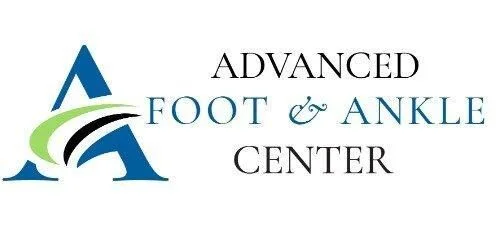Table of Contents
Introduction
Feet are a vital tool to getting around that require little thought until you are injured. The foot has 26 bones, 33 joints, more than 100 muscles, tendons, and ligaments, plus plenty of soft tissue, which means there are many opportunities for injury. Foot surgery is sometimes necessary and can take a lot of time to get back to your regular routine. If you want to get better fast, here are the top three things you can do to speed up your recovery.
1. Let your body heal.
2. Follow all doctor’s orders.
The most important thing to do is to follow your doctor’s orders. Depending on the injury and surgery, it typically takes two to three weeks of rest before you can start hobbling around. For other surgeries, you can put pressure on your foot the next day if you are wearing a boot. Since each surgery is different, orders for each case will vary a little. Also, remember to pay special attention to surgical site care instructions. If you are instructed to not get your stitches wet, don’t get them wet. If this area becomes infected, it prolongs the healing time.
If needed, your doctor will refer you to a physical therapist, who can help provide exercises to speed recovery and get you back to your regular routine. It’s important to follow the orders you are given by each doctor since they specialize in different areas of complete healing. During visits, bring up any concerns you have and give details on your progress so that the doctor is well informed. The more your doctor knows, the better they can help you progress at the rate that’s best for you.
3. Take necessary medications.
Conclusion
While everyone’s body will heal at a different pace and each injury is unique, these suggestions are recommended general practice tips. If you have specific questions for your case, always ask one of your doctors.
Contact us today to schedule an appointment.
Looking to schedule an appointment with a physician?
Schedule an appointment with us by calling us today or by clicking the button below to begin requesting your appointment today!

